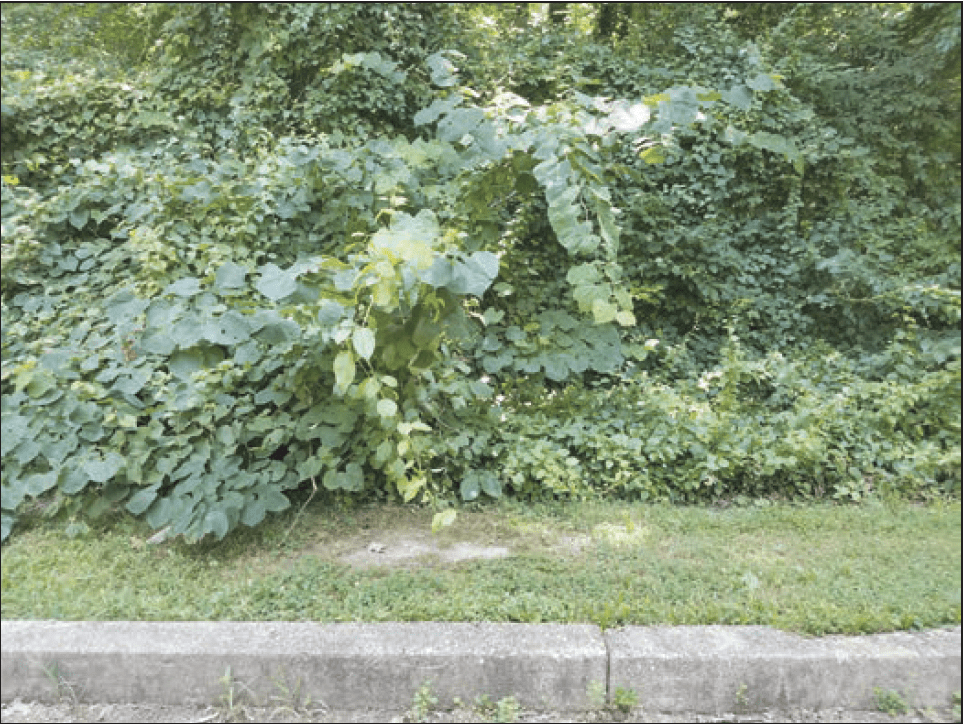Watch out for and take action when you see climbing vines that can damage or kill trees.

Common vines such as English ivy, grape vine and euonymus pose serious risks to tree health, despite their attractive appearance.
These climbing plants can harm trees by attaching tightly to bark, overtaking limbs and leaves and blocking photosynthesis. In severe cases, this process leads to limb death and eventually kills the entire tree. The added weight also makes branches more susceptible to breaking and increases the risk of trees being uprooted during high winds.
Early intervention can prevent damage. Smaller vines measuring about 1/4 inch thick or less can simply be pulled away from the tree base before they establish roots near the root flare.
For more established vines already climbing higher, the recommended method is to cut them at the tree base and again 6-12 inches higher, carefully removing that section to prevent the plant from growing back together.
After cutting, allow the vines to die naturally. While dead vines may look unsightly initially, they will eventually wither and fall off, allowing the tree to produce new growth and recover.
If you spot vines on city-owned street trees or park trees to notify the Parks and Facilities Division at 240- 314-8700 or forestry@rockvillemd.gov.